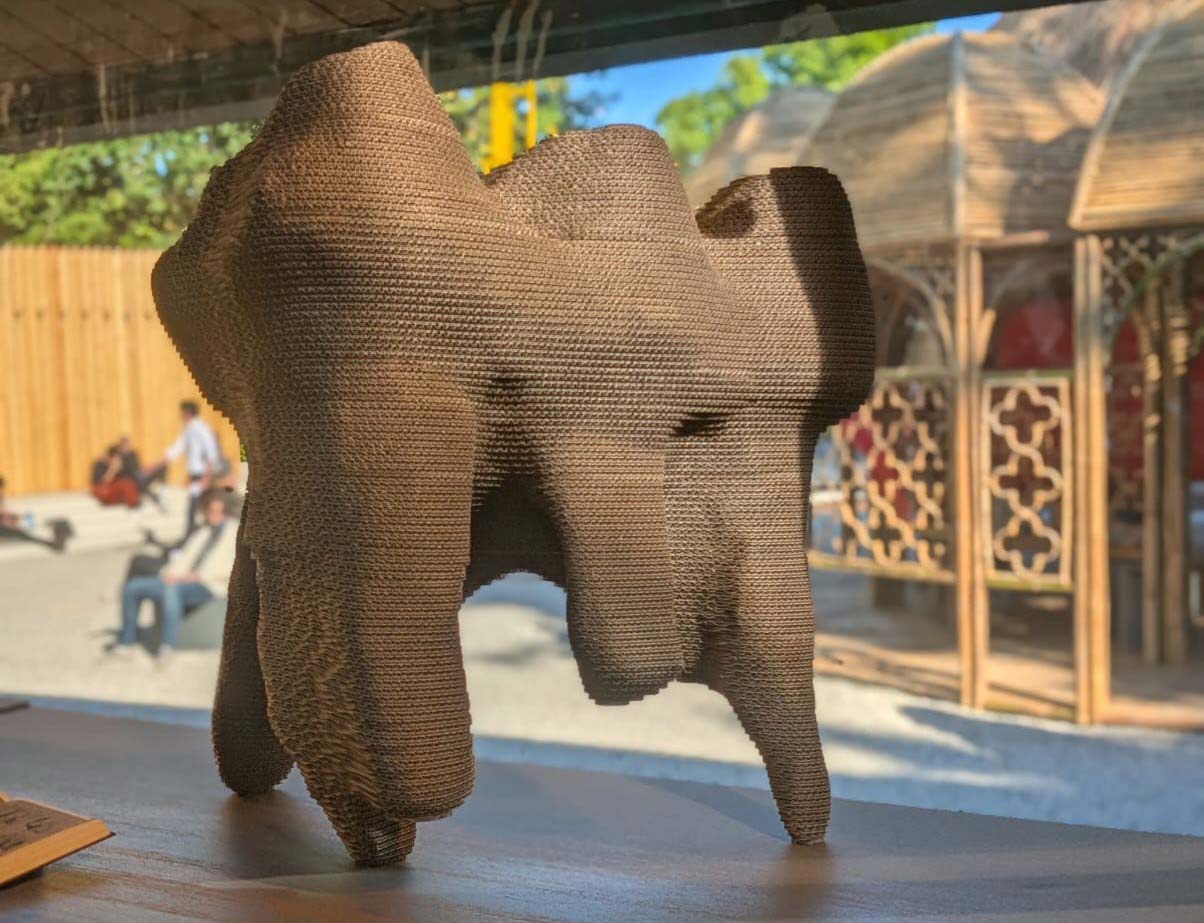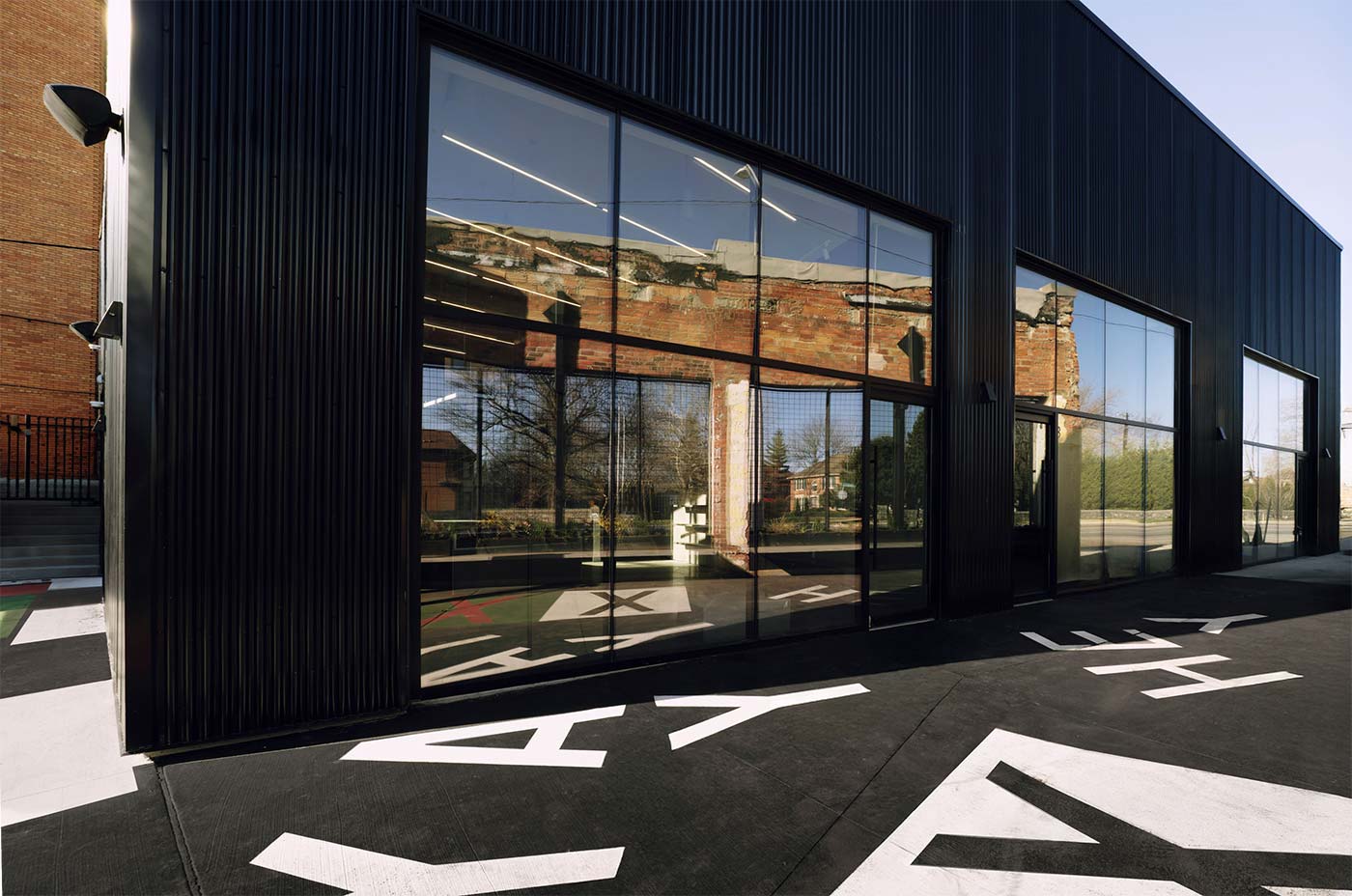Taubman College real estate program director, Christopher Leinberger discusses Florida's real estate woes in the New York Times
Christopher Leinberger, Taubman College’s director of the graduate real estate program, was cited in The New York Times on August 16, 2009, about Florida’s real estate woes.
The article, “On the Mat, Florida Wonders Which Way Is Up,” explores Florida’s struggling economy, specifically highlighting the real estate industry. “The states decade-long binge on real estate has given way to empty homes in rich and poor neighborhoods alike,” the article explains.
Florida Governor Charlie Crist acknowledged the problem: “Imagine a state where the dominant part of the economy is automobiles as it is in Michigan. That puts them in a difficult spot, just as real estate does for Florida.”
Last month, Govenor Crist signed a growth management bill that made it easier for builders to add new construction in more populated areas without expanding roads or dealing with regional planning boards. He did this arguing it helped the economy, even though Leinberger’s research suggests that communities with looser land use regulations such as this one suffer more severe booms as busts.
Leinberger is also a Brookings Institute fellow and real estate developer.
Read the full article, by Damien Cave, below:
MIAMI – The men trickling into a golf course clubhouse outside Fort Myers, Fla., had come to pray and study Bible verses that would help them become rugged, confident, adventurous. But their faces, reflected in the room’s frosted mirrors, showed only worry. More than half said they had been laid off, nearly all from jobs tied to real estate.
“We need something different,” said Norman Baldie, 54, a real estate agent in Lehigh Acres. “This community is all bent out of shape.”
Ever since the 1920s Florida has been cast as the place people go to escape contemplation, not to indulge in it. But in the past year, from Pensacola to Miami Beach, Floridians have been soul searching. And for good reason. The state’s decades-long binge on real estate has given way to empty homes in rich and poor neighborhoods alike. Hundreds of thousands of jobs have vanished, empty stores are everywhere and even golf courses are shutting down.
Once again, Florida – where frugality gave way to indulgence after World War II, where the drug war took garish form, and where a divisive post-election recount in 2000 altered the country’s political direction – is magnifying a moment of national redefinition.
“There is a psychological edge in being at ground zero in the bust,” said Carl Hiaasen, the well-known chronicler of Florida in newspaper columns and novels like “Strip Tease.” “There is a sense of we’re not going under, we’ve got to do something.”
And yet if the Sunshine State is a larger-than-life reflection of where the country is heading, then the nation is still stuck, scared and uncertain of how far it wants to stray from the status quo. My travels through Florida make clear that – despite the urge to see recovery in improved housing sales – the costs of recent real estate mistakes continue to be severe. Change was often discussed during the 2008 election and after the financial meltdown, but Florida these days often resembles the character played by its native son Mickey Rourke in “The Wrestler”: a broken-down piece of meat, damaged and sincere, but a little too messed up to drop familiar habits.
Real estate and fast money, after all, have defined this peninsula since the ’20s, when empty lots of swamp could be flipped for a profit between martinis. Florida has generally relied far more on growth than its counterparts: in 2004 and 2005, housing construction’s share of the state economy was close to twice the national average, according to the Bureau of Economic and Business Research at the University of Florida.
Weaknesses in the approach emerged quietly, even before the bust, as overdevelopment and rising costs started pushing people away. Some were “halfbacks” – retirees originally from the North who ventured “halfway back” to Georgia or the Carolinas – but young families fled, too. In 2005, Broward County lost 1,756 students, in a district that thought nothing of adding 10,969 in 2001. Since 2004, enough parents have left to shrink the student body by 6 percent.
“They tell me that when they moved in, it was different place,” said Stephanie Kraft, a member of the Broward County School Board. “They’re seeing it change, they’re seeing it go to hell and they’re abandoning it.”
Real estate agents and builders maintain that the Florida Dream can be revived, without fundamental change. Gary Hunter, a state lobbyist for several large developers, said, “We still have sunshine, we still have the largest coastline in the United States, we still have no state income tax.” Echoing the view of builders, he said developers had in recent years only been responding to demand and had nothing to be sorry for.
Still, it took Miami about eight years to recover from the building craze of the 1980s, said Andrea Heuson, a finance professor at the University of Miami. And the current collapse has affected more of the state.
It is a mess of immense volume: In the first six months of this year, 268,064 properties in Florida received a foreclosure filing, up nearly 42 percent from the first half of 2008, making it the second worst state in total foreclosures nationwide behind California. And for those convinced that recent, positive sales figures signal a brisk recovery, consider this: foreclosures outpaced sales of houses and condos in the same period (99,010) by a factor of nearly three. If every home in Boston received a foreclosure notice, the total would still be less than Florida’s.
Here in Miami – the city Norman Mailer described as “materialism baking in the sun” – looking up brings enlightenment. Nearly 23,000 new condominiums have been added downtown since 2003, and while sales have increased recently, many buildings still contain far more granite countertops than people.
Reaction to these ghost worlds can be funny: “Depressionism: inexpensive art for tough times,” read a sign at an outdoor art fair on Lincoln Road, in Miami Beach. And it can be angry, like the spray-painted message in a half-built home in Lehigh Acres that said “Kill the rich.”
Either way, it amounts to a wake-up call. “For a lot of people, Florida is a place for land scams and deals,” said Damon Shelor, president of the largest local citizens group in Lehigh Acres. “Well, we’ve got to get rid of that.”
Mr. Shelor, an agriculture consultant and political independent, has given it his best shot by trying to create a cohesive community from little more than an amalgamation of homes. He pushed last year for Lehigh Acres to approve incorporation so the town of roughly 60,000 could hire a mayor, and its own police force. But voters shot it down. They feared higher taxes.
Then, in February, Mr. Shelor and his neighbors wrote a letter to President Obama, asking for stimulus help when he visited the area to announce parts of his economic plan. There were rumors that he would visit.
But the president never came. Lehigh Acres is still dominated by a main drag with shuttered construction companies, including one named “American Dream,” while the budget of its fire department may soon be cut by more than a third because of declining property tax revenue.
Mr. Shelor and his neighbors say they want “industry” to save them, perhaps biotech or anything stable and disconnected from real estate. It is an emotional plea more than a proposal, echoing from Key West to Tallahassee.
Gov. Charlie Crist acknowledged the problem in an interview: “Imagine a state where the dominant part of the economy is automobiles as it is in Michigan. That puts them in a difficult spot, just as real estate does for Florida.”
Actually changing, as opposed to recognizing the problem, has been harder to do. Last month, Governor Crist, a Republican, signed a growth management bill that made it easier for builders to add new construction in more populated areas, without expanding roads or dealing with regional planning boards. He did this – arguing that it would help the economy – even though 300,000 residential units in Florida sat empty at the time, and 630,000 new ones are in the pipeline; even though a growing body of research from academics like Christopher Leinberger at the University of Michigan suggests that communities with looser land use regulations suffer more severe booms and busts.
Mr. Hunter, the development lobbyist, praised the new law for directing growth away from rural areas, where the environmental costs are greater, but critics say its definition of “urban” is so broad that it creates a new incentive for suburban sprawl.
Gary Mormino, a historian at the University of South Florida since the ’70s, said the state has yet to grasp its limits. “We’re going to have to think about new shifts in thinking,” he said, “new ways of urban living.”
But for now, few see it happening. The federal stimulus plan has brought only $505 per person to Florida, which ranks last among the 50 states, according to an analysis by The Palm Beach Post.
Meanwhile work, the real measure of recovery, keeps disappearing. Unemployment in Florida is now at 10.6 percent, nearly a full point higher than when President Obama visited in February.
Mr. Hiaasen, who has treated the state to a mix of tenderness, satire and cynicism in his novels, said he doubted that the desire for change among many Floridians would ever be fulfilled – especially if a recovery lulls people back to complacency.
“We need to do something bold, we need to do something radical,” he said, adding: “Everything is going to be O.K., but not if we do it the same way.”









